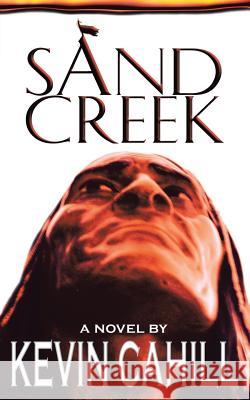Sand Creek » książka
Sand Creek
ISBN-13: 9781420870435 / Angielski / Miękka / 2005 / 488 str.
Sand Creek
ISBN-13: 9781420870435 / Angielski / Miękka / 2005 / 488 str.
(netto: 93,47 VAT: 5%)
Najniższa cena z 30 dni: 97,60
ok. 16-18 dni roboczych.
Darmowa dostawa!
At dawn on November 29, 1864, a volunteer Denver militia swept down on a sleeping Cheyenne and Arapaho village camped on the Big Sandy River in southeastern Colorado, exacting brutal revenge for a year-long campaign of terror waged by tribal warrior societies on the Kansas and Colorado plains. When the smoke cleared, Colonel John M. Chivington's troops returned to Denver, waving Indian scalps and body parts to an adoring crowd that hailed the conquering heroes as saviors of the territory. Chivington claimed his militia decimated the entire Cheyenne and Arapaho nations - some five to six hundred warriors among them, including the fearsome Cheyenne Dog Soldiers. His actions prompted the Rocky Mountain News to hoist Chivington among the greatest American military leaders of the time, an endorsement that would surely catapult the former Methodist preacher to lofty political office. But the Dog Soldiers were still alive. In fact, none of the warriors guilty of the violent depredations on the Plains were anywhere near Sand Creek when the civilian militia attacked. Union soldiers accused Chivington of conducting a wholesale massacre of Indian prisoners camped under the protection of the army, claiming the majority of the 160 killed were women, children and elderly. Within months, Chivington's renowned "Battle of Sand Creek" descended into a broiling kettle of accusation and recrimination, turning soldier against soldier, and Indian against Indian. Sand Creek dramatically reassembles the labyrinth of power, politics and controversy that ignited the most notorious event in the history of the American West. Kevin Cahill's spellbinding narrative examines the massacre at Sand Creek, from its early roots in the Civil War, to the subsequent government investigations that entangled both soldiers and Indians in a web of political deceit and murder. Cahill's insightful resurrection of the true-life Indians, soldiers and settlers provides a poignant perspective on the monument











